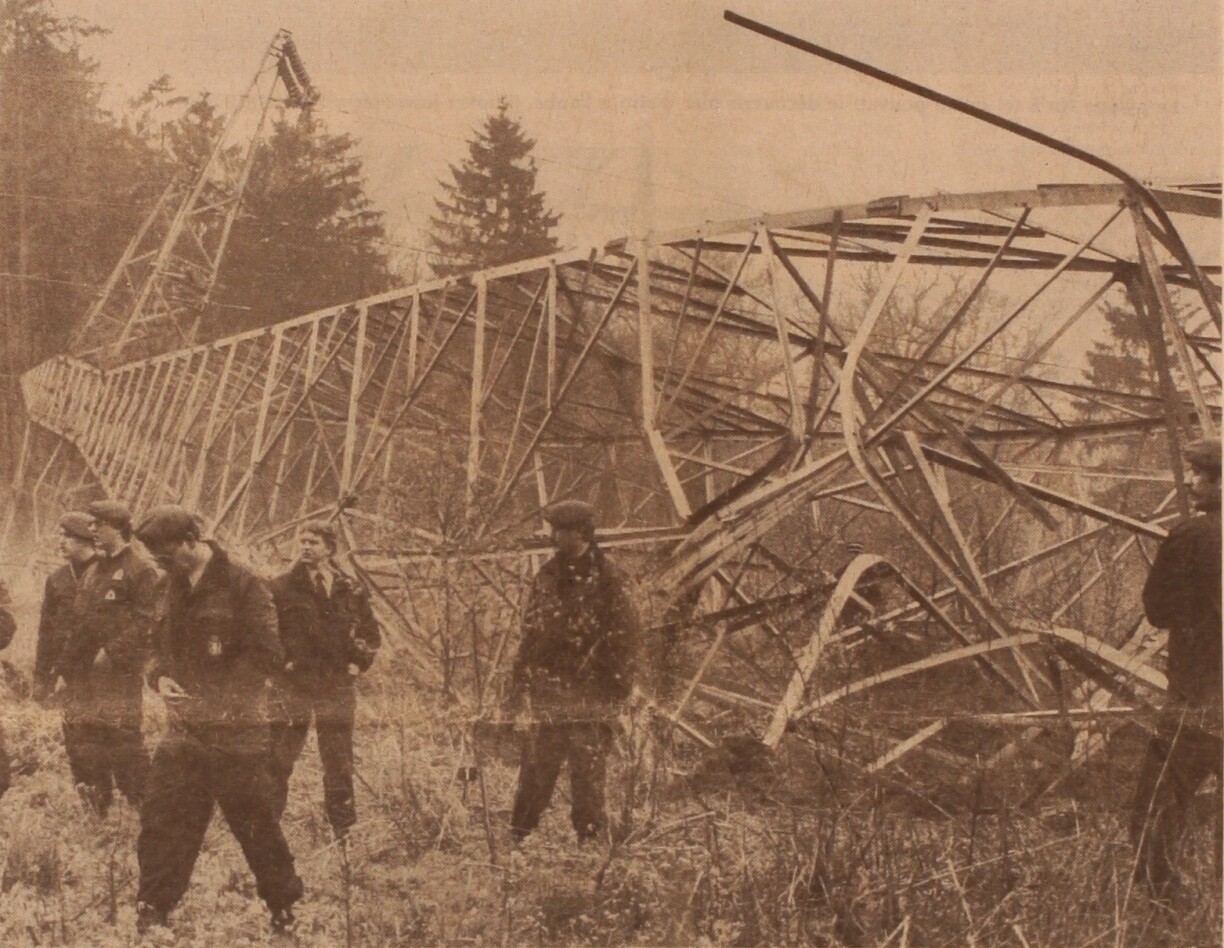
In this installment of DNA – Luxembourg Crime Series: Bommeleeër, or “bomb planters”, better known as the Bomber’s Affair, and how it became the largest criminal chapter in the country’s history between May of 1984 and March of 1986 – a true low point in Luxembourg’s public safety.
The bombing of an electricity pylon in Beidweiler was the first of a string of attacks on infrastructure and public buildings that sent shockwaves across the Grand Duchy. In the months that followed, further pylons were detonated in Itzig, Leudelange and Walferdange, all areas around the capital.
But then the attacks shifted closer to human life. A bomb blew up in the offices of the gendarmerie in Bonnevoie in 1985. On Duke’s Night, another bomb ignited a series of gas pipes in Hollerich.
Attacks followed in the City’s casemates, the newspaper offices of Luxemburger Wort and the police station at the Schueberfouer.
The glass roof of the Coque in Kirchberg was shattered. The Palace of Justice, along with radio equipment at Findel Airport were targeted, shortly before the European Summit in Kirchberg was to take place in December of 1985, attracting heads of state from across Europe.
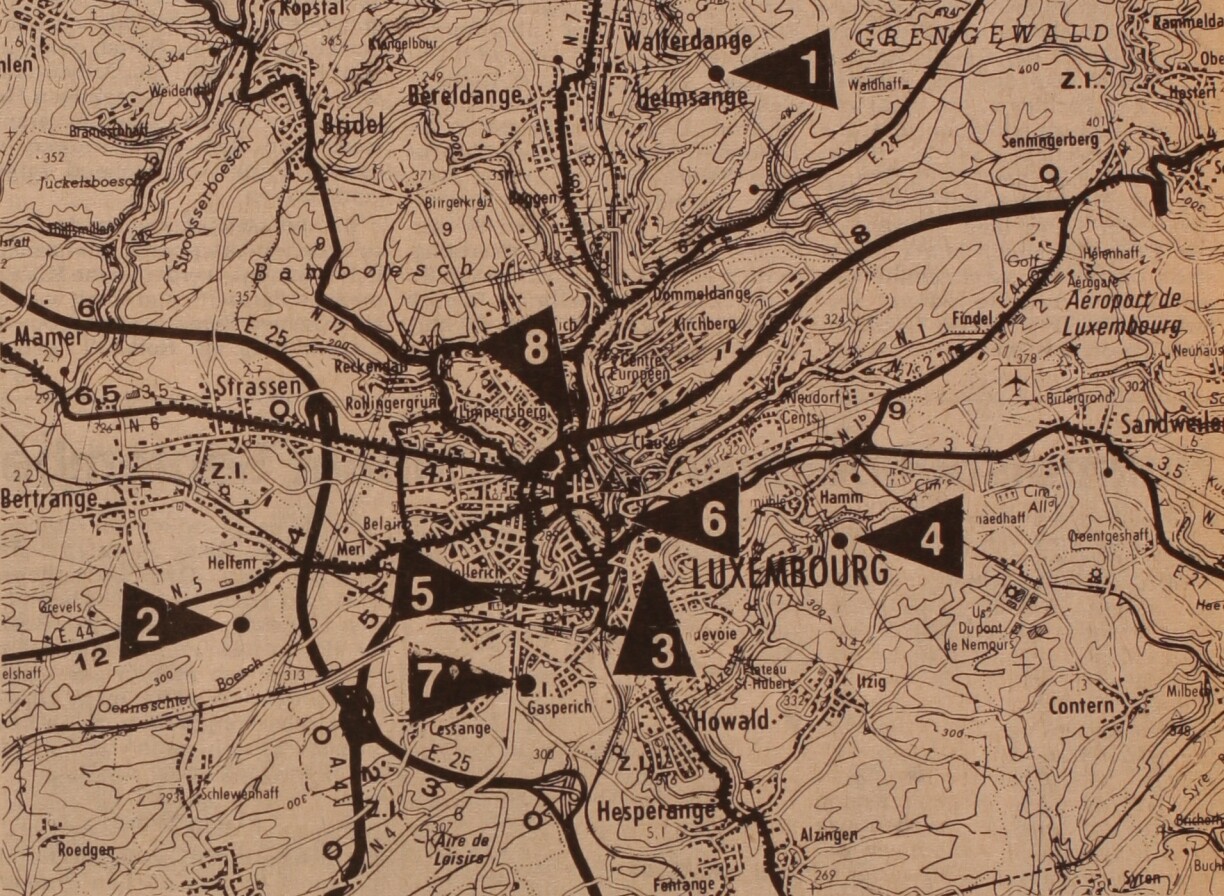
With two explosions at private addresses four months later, including the homes of investigators on the case, the horror came to an end on 25 March 1986.
While there were no casualties in any of the attacks, roughly six people were injured in all of the events combined.
This DNA article will outline the chronological order of the attacks. The second part will reveal the complexity of an investigation spanning several decades, a mystery still unsolved today.
Some very uncomfortable accusations and theories came to see the light of day. Involvement of secret service, and the likelihood of a mole inside the police force were much-discussed theories.
Let’s unpack these events in detail.
20 bombs in 20 months. Luxembourg’s largest chapter in criminal history, the Bomber’s Affair, goes unsolved.
30 May and 2 June 1984 – The first explosions occur in Beidweiler, a village in the commune of Junglinster, where two electricity pylons are blown up belonging to the company Cegedel, also known as Grand Ducal Electricity Company of Luxembourg, the national electricity provider.
At first, this explosion seems like a serious act of vandalism, as no other incidents take place for nearly a year.
29 April 1985 – In the offices of the Cegedel, board members stare at a sheet of paper that has come in. The text is in English: “Saturday, 27 April at 11.45pm, we destroyed two power lines. Here’s the deal…you pay us $250,000, in return we’ll stop destroying power lines.” Indeed, on Saturday, two pylons were blown up in Beidweiler and Walferdange.
To start the negotiations, the bombers order Cegedel to place an ad in the Luxemburger Wort newspaper on both Friday 10 and Saturday 11 May. The ad is supposed to state the following text: “Black clover with sailing ship wanted.” The letter also states that “no information will be passed to the gendarmerie. Betrayal will be punished.”
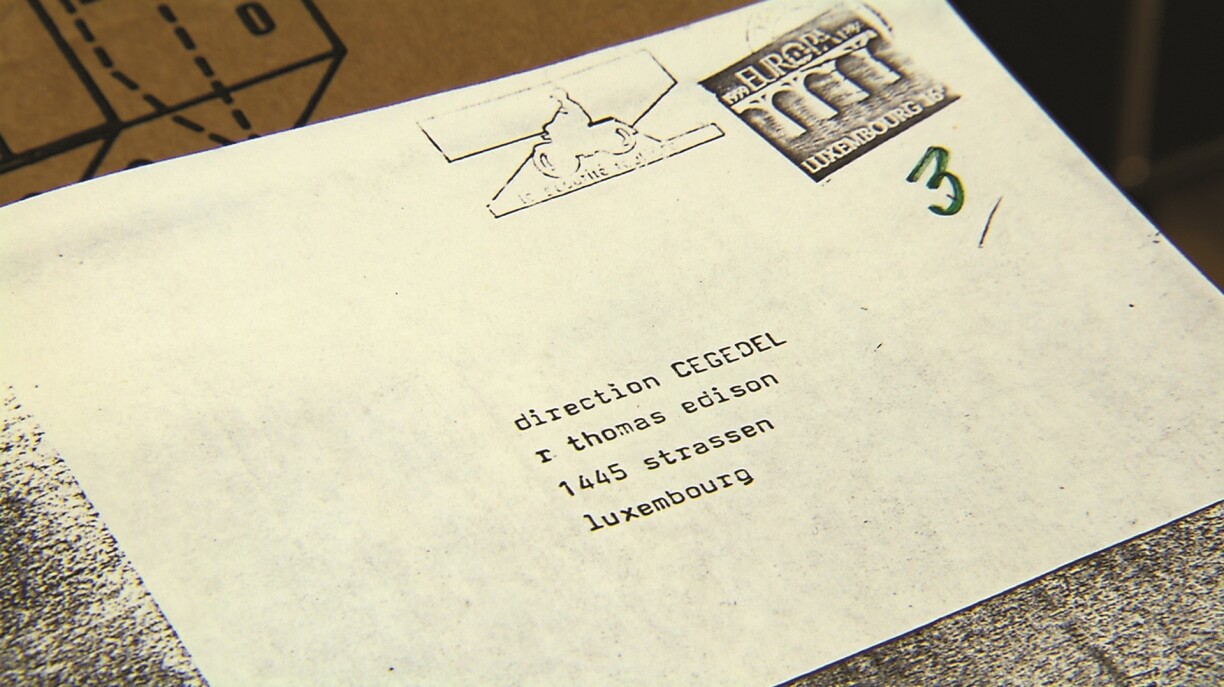
7 May 1985 – The board of the Cegedel takes the note to law enforcement, where the situation is quietly escalated. Government and the gendarmerie secretly agree that no ransom money shall be paid.
No statement is made towards the press, the decision is completely confidential. Then, miraculously, five hours after the decision is taken in private, another pylon in Leudelange comes crashing down. The 54-metre tall structure pulls down three other masts with it, with one falling onto the motorway. Five people are injured.
The second ransom note follows suit:
“We reminded you of our deal on Tuesday 7 May at 11pm. Since we hope that you agree, we would like to point out that the $250,000 must be made available to us by Monday 23 May at the latest. The transfer of the money will take place during that week (Pope week).”
This is the first time the potential involvement of a mole becomes a theory to be taken seriously, because how else could the Bommeleeër have known about the decision taken by the government and gendarmerie to ignore the demands?
This time, the Cegedel agrees to pay up. The ad is placed in the Luxemburger Wort. A third ransom note provides instructions for the transfer of money, titled ‘Operation Artabely’. The letter states the following: “On Wednesday, the 15th of May, one competent person of your choice must drive from Luxembourg to the railwaystation in Clervaux.” The authors had spelled railwaystation as one word, maybe a clue that the author was not a native English speaker. The letter continues: “This person takes along the two bags containing 125,000 dollars each.”
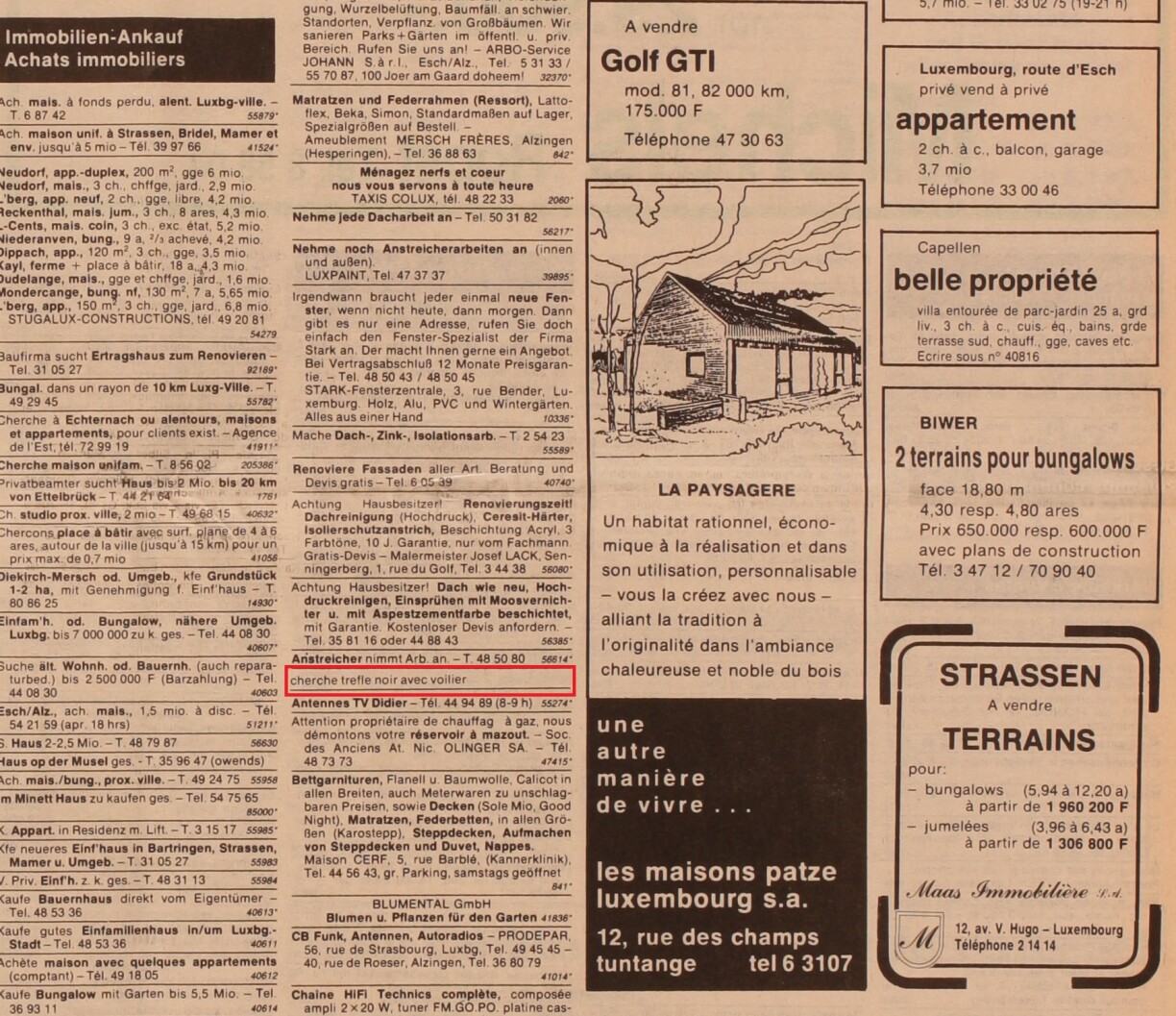
15 May 1985 – Upon arrival at the railway station in Clervaux, the messenger sent by police enters the public telephone box where he finds the next letter. Outside, the gendarmerie keeps an eye on the phone booth all day long, but nothing happens. No one is picking up the bags, no one is entering the phone booth or acting suspiciously around the area. It seems like the criminals are aware of the police presence.
25 May 1985 – Well it’s fair to say the Bommeleeer were not satisfied with law enforcement behaviour. 10 days after the phone booth event, the gendarmerie office in Luxembourg City is attacked. A bomb is placed under the desk of the two officers working on the case, Paul Hahn and Jean Loutsch.
28 May 1985 – Shortly before midnight, another electricity pylon is blown up in Itzig. This pylon carries electricity to the company Dupont de Nemours, a chemicals company. The masts are actually all numbered, apart from one, which is the one that happens to be blown up.
Then, in a field 70 metres further away, a second bomb explodes.
Soon after comes letter number 4, stating: “On Monday April 29 at 10.30am you took the risk of informing the gendarmerie about our deal, hoping THEY would catch us at the money transfer. THEY are worse than Scout Cubs. The simulated handover was just a game (operation ‘artabely’ = operation ‘betrayal’) we hope THEY enjoyed their visit to Clervaux.”
Gendarmerie captain Pierre Reuland is clearly not amused when Paul Hahn, the first officer on the case, cautiously suggests to him that the possibility of an inside job should be considered. Hahn is dismissed immediately.
11 June 1985 – The fifth ransom note sent by the criminal masterminds demands 750,000 dollars. The transaction, the note states, should occur on the same day on the second underground parking level of the parking garage on Place de Theatre.
The gendarmerie sends a courier with a suitcase and a transmitter at 2.30pm. On the second underground parking floor the courier is directed to level -5, where he is supposed to drop the suitcase in a container filled with sand. The gendarmerie is taking no risks, however, and has 100 units, including the mobile brigade, a special operations unit, the drug unit and German police hidden all over the parking garage, ready for action.
But nothing happens.
The following day, the criminals send another note to police, underlining that, for their part, they did not adhere to the deal, and that there was too much police presence. Shockingly, the list names all the officers that were present during the mission, including the fact that there was foreign police. Police are baffled and double check the names with their actual mission report. And turns out that the details are all correct. How could there not have been a mole?
23 June 1985: Shortly after the annual fireworks of Duke’s Night, a huge fireball lights up the sky. The gas plant in Hollerich is blown up. But emergency services manage to isolate the incident and prevent further disaster. The Bommeleeër created their own fireworks.
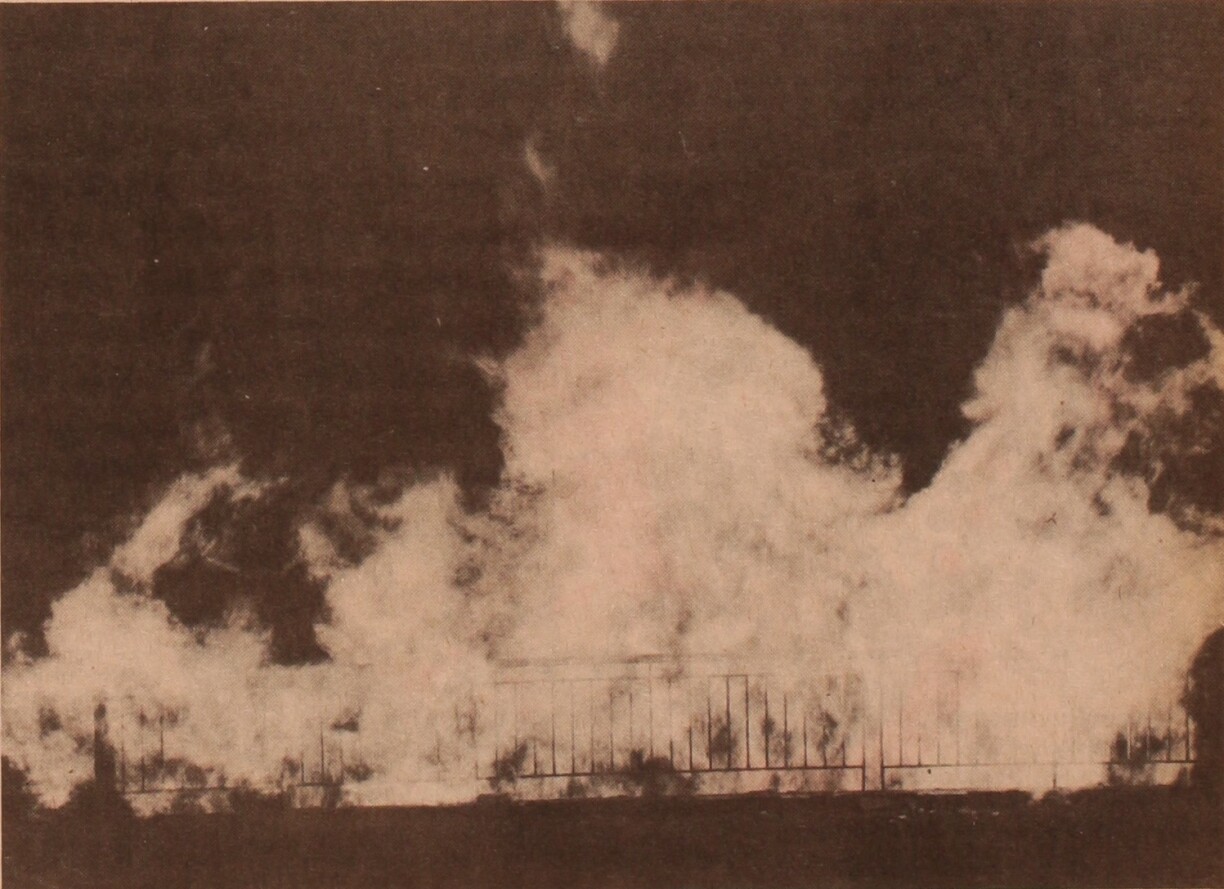
5 July 1985: Dynamite, presumably stolen from the quarry in Wasserbillig, is found in Asselscheuer, just outside a security perimeter. This is the first time that there are potential witnesses. Two Belgian tourists believe to have seen four individuals digging holes to plant the dynamite. Would anyone have stepped on them, they would have lost a leg or been killed.
26 July 1985: The offices of Luxemburger Wort are attacked.
28 August 1985: Two bombs go up inside the Glacis police station near the Schueberfouer.
30 September: The day that Colonel Wagner, the head of the gendarmerie, goes with pension, the glass roof of the Olympic Swimming Pool at the Coque Kirchberg is shattered.
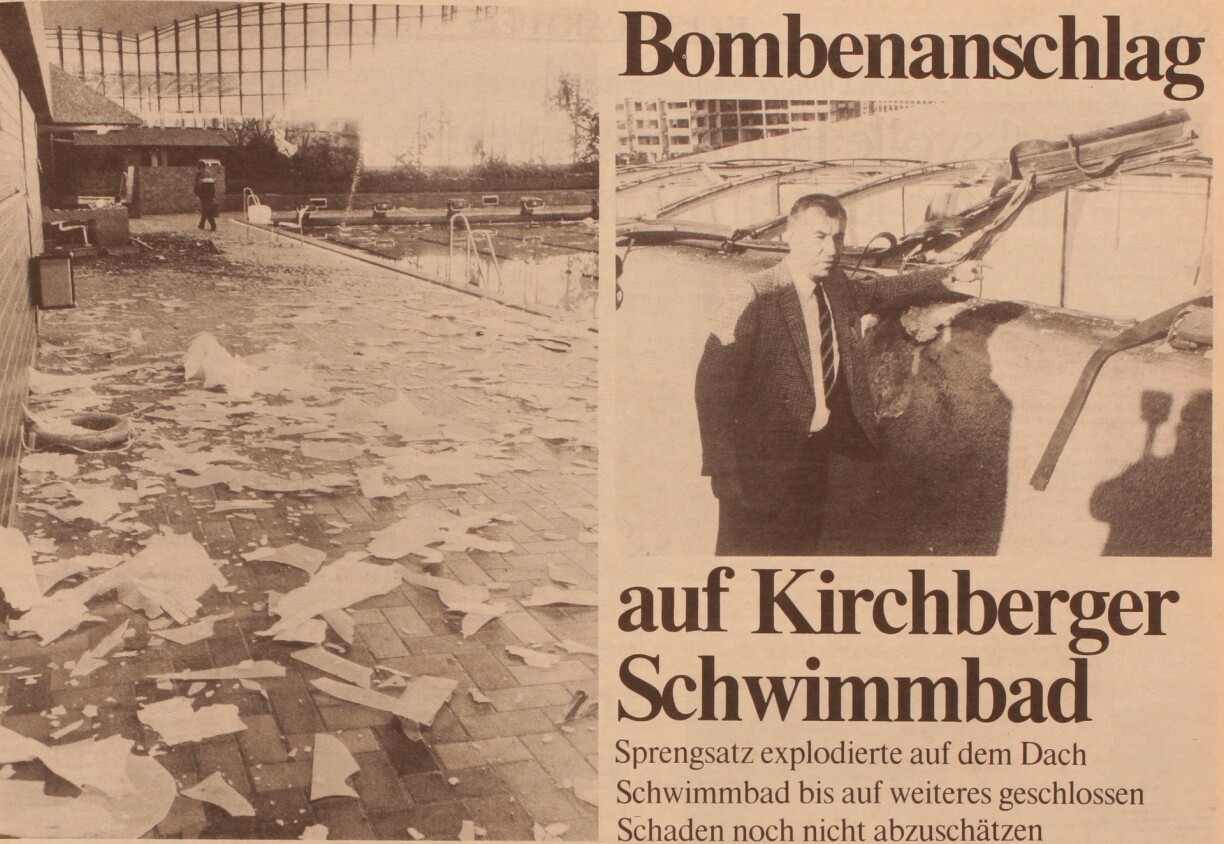
19 October 1985: The palace of Justice is attacked next, underneath the window of the public prosecutor Jaeger. He is known to insiders as the deputy prosecutor on this case, which, again, had not been announced publicly.
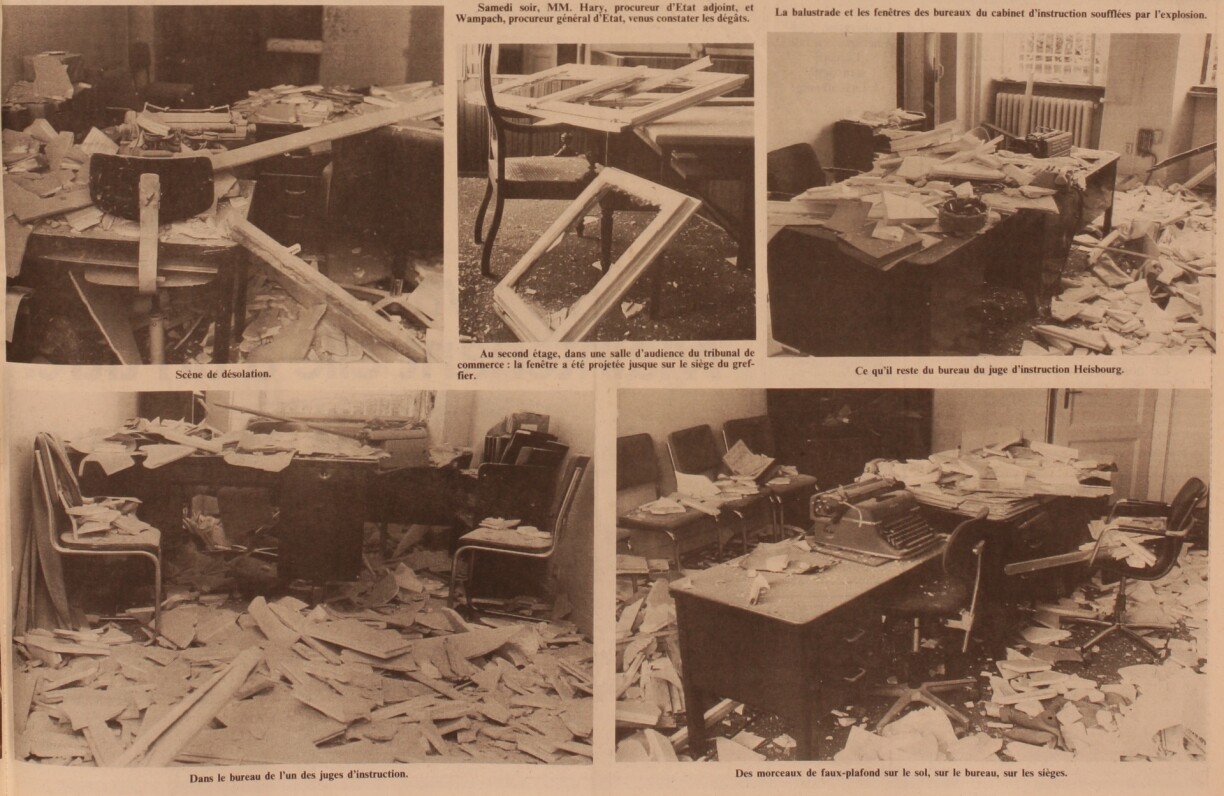
9 November 1985: Three minutes after the last flight departs at Findel Airport a bomb explodes at the airport, blowing up the radar equipment. The site is scarcely protected as most units are in Kirchberg for the European Council. The damage is €2 million euros.
While there were no direct witnesses, there were suspects, seen driving along the American cemetery shortly before the explosion, outside the perimeter of the airport. One person witnessed two men crossing the road heading into the forest.
As all attention is focused on the poor protection of the airport, the gendarmerie pumps more money into security - a total of 1,6 million Luxembourgish francs between 1985 to 1990. A flashlight that’s lying close to the bomb explosion site explodes the following day.
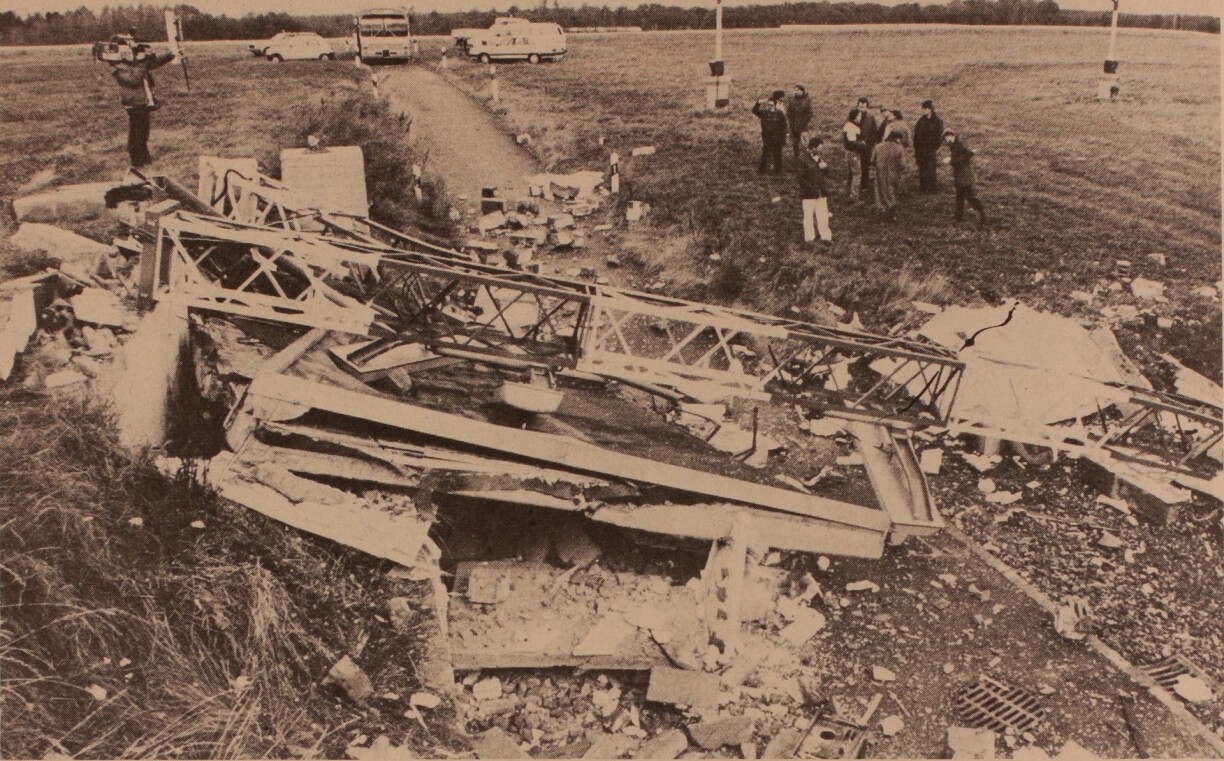
30 November 1985: Another electricity pylon in Heisdorf is blown up.
2 December 1985: During the European Council, a car bomb goes off on the motorway. 200 police units respond to the scene. The motorway was not closed off prior to summit.
17 February 1986: A bomb explodes at notary Hellinckx’s home. It doesn’t really fit in the series, but the Luxite used in the attack proves it’s from the same group.
25 March 1986: The bomb cycle ends with an explosion at the house of Colonel Wagner, the previous head of the gendarmerie. Note number 8 follows: “Money doesn’t solve all problems. Go on losing.” It sounds like a new series of attacks, but the terror ends here.
After two years, the series of bomb explosions finally stop. Luckily, the damage is limited to being material only. Some of the explosions, such as the one in the swimming pool or at the airport, are calculated and timed in such a way that no humans are injured.
But what was the group’s motivation? And who was behind the bombings? More on that in part 2 in the next article.
In this series, RTL Today dives into a Luxembourgish crime case. Some are solved, others continue to baffle investigators until this day. This week’s story is a little different, but still involves the Grand Duchy – and crime. Find previous stories in our history section or here.
Thanks to Luxemburger Wort who have a detailed, extensive dossier on the Bomber’s Affair.